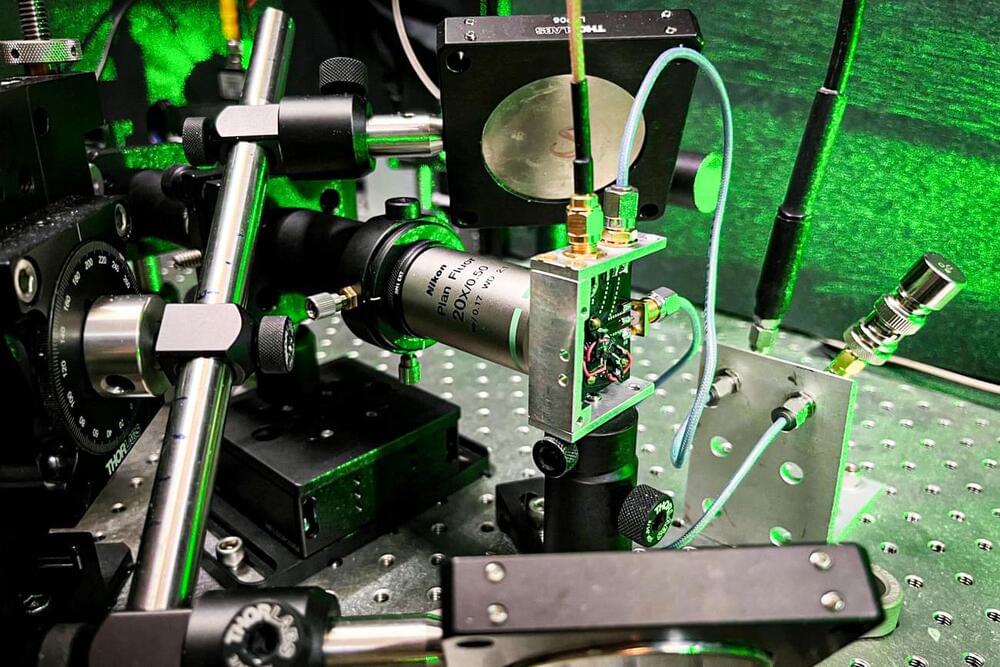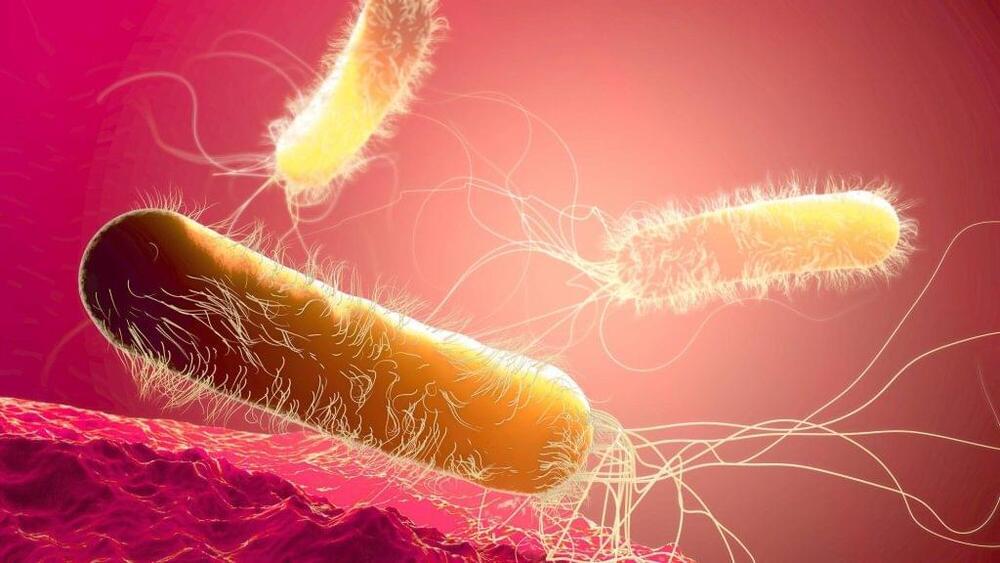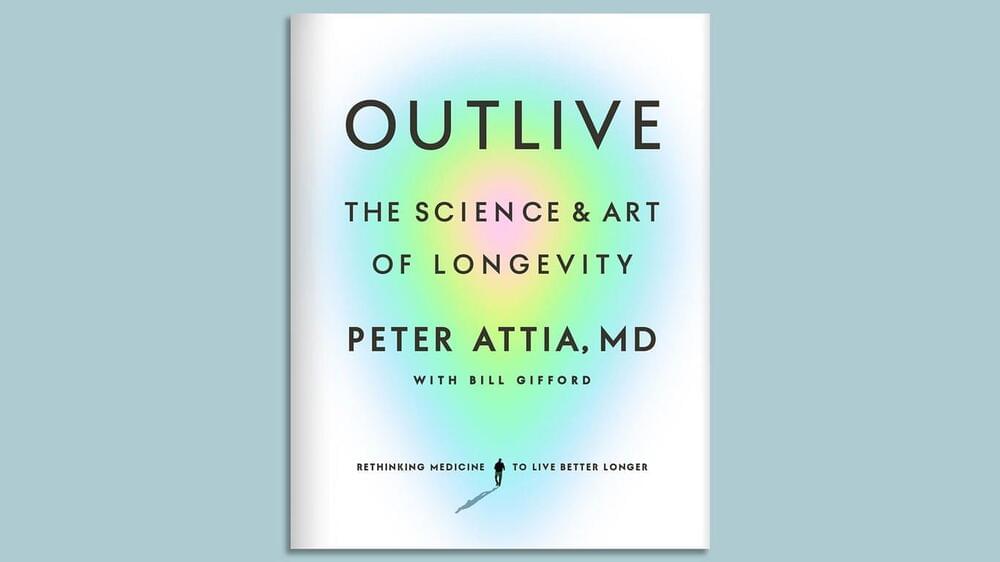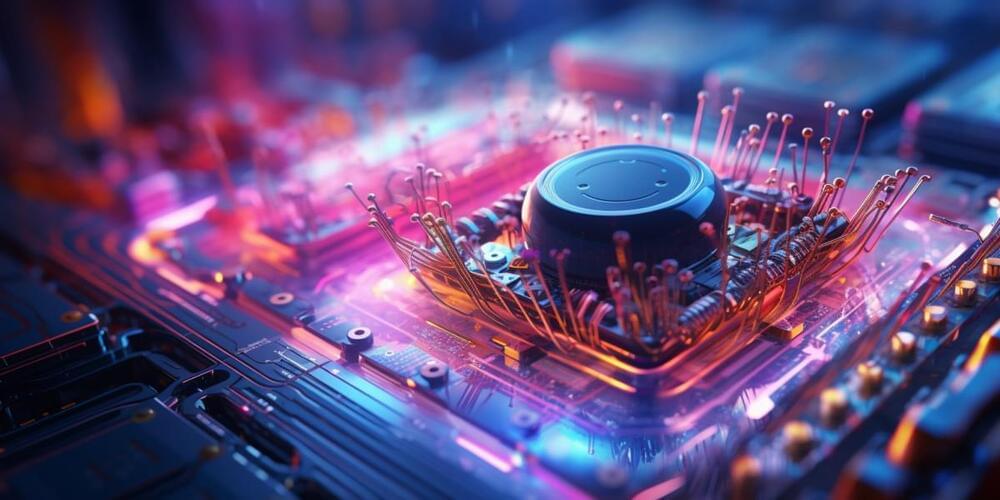It could send humans to Mars in half the time.



Electronic devices typically use the charge of electrons, but spin — their other degree of freedom — is starting to be exploited. Spin defects make crystalline materials highly useful for quantum-based devices such as ultrasensitive quantum sensors, quantum memory devices, or systems for simulating the physics of quantum effects. Varying the spin density in semiconductors can lead to new properties in a material — something researchers have long wanted to explore — but this density is usually fleeting and elusive, thus hard to measure and control locally.
Now, a team of researchers at MIT and elsewhere has found a way to tune the spin density in diamond, changing it by a factor of two, by… More.
MIT researchers found a way to tune the spin density in diamond by applying an external laser or microwave beam. The finding could open new possibilities for advanced quantum devices.

Mayo Clinic scientists are building an expansive library of DNA blueprints of disease-causing bacterial species. The unique collection of genomic sequences is serving as a reference database to help doctors provide rapid and precise diagnoses and pinpoint targeted treatments to potentially improve patient outcomes.
The vast data set is also being studied by researchers in an effort to develop new individualized treatments to combat bacteria-related diseases.
Bacterial infections were linked to more than 7 million global deaths in 2019. Of those, nearly 1.3 million were the direct result of drug-resistant bacteria, according to the National Institutes of Health.


Updated 19 seconds ago.
It appears that a professor from the University of Virginia has figured out how to construct a freeze gun, similar to the one wielded by Batman‘s adversary, Mr. Freeze, in the 1997 movie Batman and Robin. According to Futurism, however, the professor’s discovery is not meant to be used to create a weapon. The goal of Patrick Hopkins, a professor in mechanical and aerospace engineering, is to develop on-demand surface cooling systems for electronics in spacecraft and high-altitude jets.

A number of military leaders around the world have expressed concerns to US officials over the dominance and control of SpaceX founder Elon Musk over satellite internet, according to a new report.
Over the past decade Musk’s SpaceX has changed the launch industry with its reusable Falcon 9 rocket. The company has pressed this advantage to establish itself as the leading player in satellite internet through Starlink.

Update: The story has been updated to include comments from Capella Space CEO Payam Banazadeh and Phase Four. Paragraph five and six have been updated with additional context on solar flair activity and premature satellite reentry, and paragraph eleven contains additional information on Phase Four technology.
Capella Space’s synthetic aperture radar satellites are falling back to Earth much sooner than the three years they were anticipated to operate, according to publicly available satellite data.
The startup has launched a total of ten small satellites to low Earth orbit since 2018, including eight in its family of “Whitney”-class spacecraft. Five of these satellites have reentered the atmosphere since the end of January of this year, including three of the Whitneys. Those Whitney sats were in orbit for less than two-and-a-half years; one, Capella-5, was in orbit for less than two years.

The gold that makes up your most precious jewelry may have been forged in a violent cosmic collision millions or billions of light years away between two neutron stars. New research seeks to better understand this process.
There is only a single confirmed site in the Universe capable of generating conditions extreme enough to initiate the production process for many of the heaviest elements in the Universe, including gold, platinum, uranium – neutron star.
A neutron star is the collapsed core of a large (between 10 and 29 solar masses) star. Neutron stars are the smallest and densest stars known to exist. Though neutron stars typically have a radius on the order of just 10 — 20 kilometers (6 — 12 miles), they can have masses of about 1.3 — 2.5 that of the Sun.

I’m going to start bringing you Smart Brevity™ versions of books I find worthy of your time.
Zoom in: “Outlive: The Science & Art of Longevity,” by Peter Attia, M.D., is getting tons of buzz, and has spent 18 weeks on the N.Y. Times bestseller list (no. 2 for hardcover nonfiction in the list for Aug. 13).

Head over to our on-demand library to view sessions from VB Transform 2023. Register Here
The recent Ant-Man movie did a great job of putting quantum up in lights, but the future of quantum science shines even brighter than fiction. One application, quantum sensors, is already the basis of some of the most important systems and technologies in our world — global positioning systems (GPS) and magnetic resonance imaging (MRI) scanners are prime examples.
Quantum sensors and quantum AI are just the beginning: Robots are now getting the quantum sensor treatment too. Quantum sensors will supercharge the way robots work and how we apply them to important 21st-century challenges.